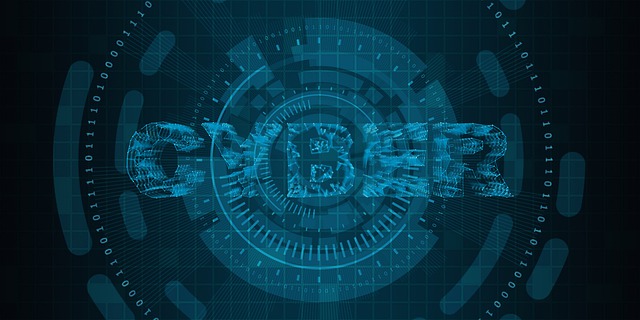Most of us already know that cybersecurity risks should be top of mind for any business, company, or organization in the current world where technology applies in almost every sector. According to predictions, hackers are more likely to shift their center of attention to supply chain attacks, a fragile and integral part of the global economy. Other 2022 cybersecurity predictions point out the possibility of the percentage of successful cyberattacks on companies, businesses and organizations decreasing but may still linger above the pre-pandemic levels.
So, how can finance professionals, including those specializing in personal finance, use their skills and knowledge to boost efforts to mitigate and prevent cyberthreats? Cybersecurity experts emphasize that not underestimating how important finance’s role is to cybersecurity issues is fundamental. And although many outside the department might be unaware of the contributions that finance can make, experienced and analytic finance professionals who are also critical thinkers are indispensable to addressing cyber risks.
With that said, finance teams can drive the effort to mitigate and prevent cyberthreats in the following ways;
Following the Money
First, it is essential to understand that cyberattacks are often financially-motivated because financial assets are organizations’ crown jewels. Organizations must understand what their assets are to keep them safe. On this note, the recommendation is to identify key software applications and financial data assets, the likes of cloud finance solutions, and their vulnerabilities. And using their knowledge of organizing finances, the key data’s location, and what systems are used, the finance crew can play a vital role in securing such assets.
With the help of a risk register, organizations can capture and describe identified risks. In most cases, the finance department is usually the owner or holder of the said risk register. Therefore, finance can ensure that the board and the C-suite often review the risk register and that relevant levels throughout the business contribute to reviewing it. It’s also finance’s responsibility to ensure that all levels in an organization are aware of ongoing cyber risks. Additionally, an organization’s finance team can provide insights on managing third-party risks because the finance department is often considered the gatekeeper of transactions with the institution’s outside suppliers.
Focusing on Consequences
Organizations need to understand that cyberattacks could lead to economic and reputational damages and that their finance team is capable of quantifying and communicating possible outcomes of any failures to address these threats effectively. Take, for instance, reputational threat. It can diminish an establishment’s standing in the marketplace. Such damage to the company can transpire when one (or more) of the institution’s vendor or customer data is exposed because of inadequate cyber risk management. Insufficient cyber risk management might intimidate even the best-run and largest businesses’ survival by damaging future profits or market capitalization.
But a finance team can help an organization or business ensure compliance with regulations and related relevant legal and regulatory authorities. Additionally, educating the business leadership and other departments throughout the company about such rules and their role in cybersecurity can help them understand the data breache’s seriousness and ways of addressing them.
Changing Cyber Outlays Perception
Viewing cybersecurity spending as an investment instead of a cost is critical to institutions and businesses. While some company leadership may view cybersecurity as a cost, it’s the finance team’s role to shift this perception by constantly reminding all company levels that they are securing their operations. When such messages come from groups that hold the purse strings, it makes more sense.
In addition, it’s usually very easy for businesses to overspend on cybersecurity. Sometimes companies might even find themselves spending in the wrong areas. By simply failing to examine where funds are accurately needed, many establishments may waste resources. But an organization’s finance lineup can provide informed counsel and guidance on making the best use of cybersecurity spending and assigning it correctly. The finance team ensures a company’s budget decisions are vigorous and challenging.
For instance, a business might throw a lot of cash into a technology solution because it is new and flashy. And to prevent such happenings, the finance department might raise questions on why the technology is fit for the company and whether it genuinely presents more benefits. A company’s finance team can also raise concerns about whether employees are properly armed to use the technology to the best advantage, where training may be a precondition.
Being at the Core of Planning
Organizations and companies should feature a risk security committee with a senior finance individual among the key members. The risk security committee should also set cybersecurity as a priority on its agenda. And depending on the company’s size, the board might require a cybersecurity threat subcommittee with a senior finance employee also involved. With long-term spending plans considering unknown threats, organizations will realize the need for penetration testing for weaknesses in the company’s infrastructure. While the CIO might oversee the incident response plan on the mitigation side, the finance team should also participate.
Bottom Line
Management accounts can help handle cybersecurity risks, and the finance team in any organization or business plays a role. In addition to the above ways that finance team leadership can help mitigate and prevent cyberthreats, they can also set the correct tone within the company by setting an example. And that’s not forgetting maintaining vigilance.


